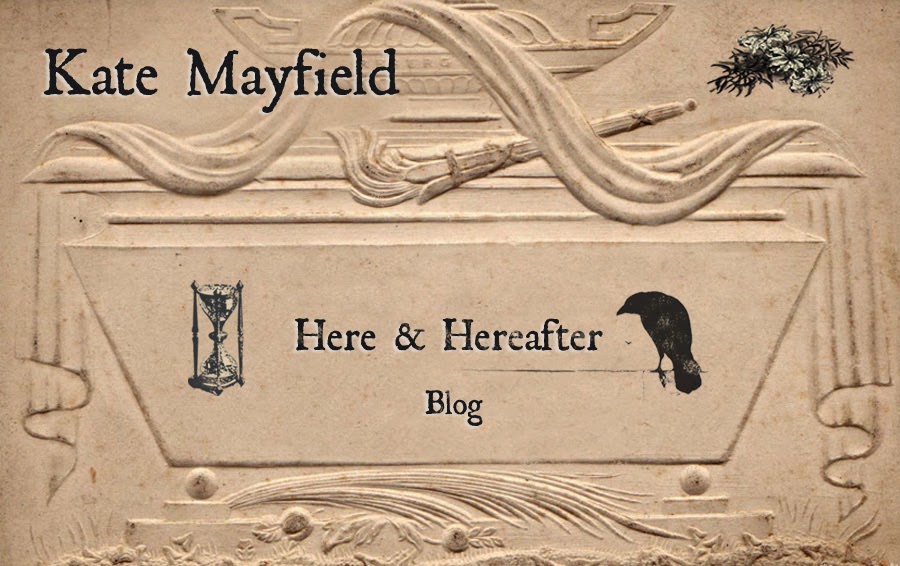
Mr. Smith, a retired elementary grade six teacher had just passed away peacefully in the comfort of his own home. Mrs. Smith, who’d lived frugally with him for over forty years, had an exact sum of money set aside for their funerals. In the early 1970’s, in a small southern town, Mrs. Smith could give her husband a modest funeral for $395.00. The price of Mr. Smith’s funeral was the price of his coffin, one made of pressed wood covered in grey felt fabric, a first price, if you will.
Mr. Jones, one of the town’s bankers, had also died. His wife wanted the best, the most expensive casket available, a satin-lined copper. The cost of his funeral and the cost of his casket was one in the same, $3,000.00. The only difference in the two funerals was the type of casket and its price. Both prices included everything else, all additional services, including the kitchen sink.

My father had no idea what it actually cost him to provide a funeral. And he wasn’t alone, most funeral directors failed to itemize the services they provided. At that time the funeral business was truly a service business. Funeral directors in our neck of the woods were primarily community do-gooders. My father used to play one-upmanship with his rival to see which of them could offer the largest number of free services! Boy oh boy, funeral directors were lousy business people. All of that changed in 1984, but my father didn’t live long enough to witness the upheaval.
The Funeral Rule was enacted in 1984 under the U.S. Federal Trade Commission. Funeral Rule ensures protection to those consumers who require adequate information concerning the goods and services they may purchase from a funeral provider. Funeral providers are obliged to comply with the Funeral Rule. They also lay down various consumer rights. Funeral Rule states that funeral industry goods and service providers must respect consumer rights.
US Legal, Inc.
For the first time in their lives many funeral directors had to work out what each item on their long list of services actually cost. My father never had a list of services. He sat down with each family and discussed want they wanted and very simply provided those things.
How many undertakers took stock and embarked on the blind leading the blind journey in 1984, I can’t tell you. The list of services most funeral homes provided included embalming, a hairdresser, nights of viewings, the registry book, memorial folders, the actual service, which included costs of the preacher, musician and extra manpower for larger funerals, it goes on. What exactly did one charge for the three or four hours spent in the embalming room? How to price a large funeral differently from a small one? Who knew? Panic.

Undertakers groaned and complained about the task before them to itemize their services, until, while trudging through the dark mire, all was illuminated. They discovered that the funerals at the lowest price weren’t pulling their weight; in fact, my father never recovered his costs from all of those $395 funerals. Gosh, that was silly, agreed those who had oared the same boat of doom.
Suddenly the federal government was the best friend the funeral industry ever had. Funeral directors began charging for every service they performed, rather than just knocking up the price of a casket by a couple or three notches, as they had for most of their careers. They realized that they couldn’t do things like make a mortgage payment or plan to buy a new hearse unless they recovered their costs.

There you have it: The how, when and why the price of a funeral went up and up and up and…
